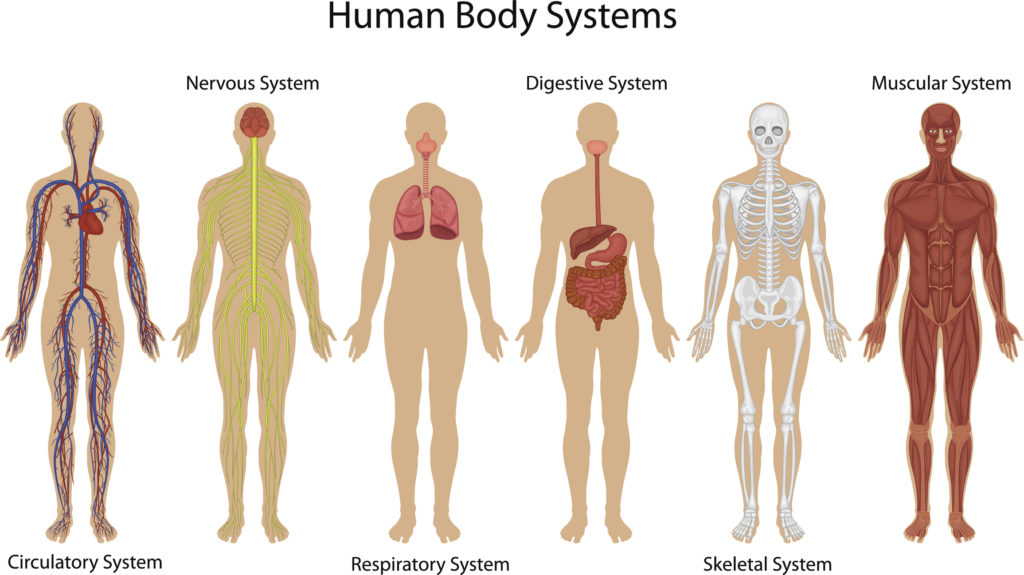
The last newsletter introduced the Pilates Principles. In case you missed it, you can catch-up by clicking here. This edition is going define and clarify two of the Pilates principles, specifically focusing on centering and balanced muscle development.
Centering is to fix around a center.* Physcially, a human being’s center of gravity is on average two inches below the navel and a few inches inside the abdominal cavity. Or if looking at it from the back, a few inches in front of the spine approximately at the level of the second sacral vertebrae. This is all assuming the human is in the anatomical position.** That said, this center of gravity shifts with movement.
As a Pilates principle and set out by the Pilates Method Alliance (PMA), “the body is organized by centering.”*** Though not specifically mentioned as a principle, the core muscles are used to help center and stabilize the body.
As I’ve mentioned in the past, there are many kinds of balance. There is the “stand on one leg” kind of balance. While Pilates does help improve balance, proper muscle development has a special role as a principle.
Though balanced muscle development might sound vague at first, it is this principle that I believe holds a key for students in being able to understand their Pilates experience. Balanced muscle development means that the muscles around a joint are developed in a balanced way. There isn’t one muscle overworking or another underworking. This is why some exercises can look so easy and yet be so much harder to perform than it would appear.
Pilates often calls into action the weaker, undeveloped areas as opposed to the stronger, overdeveloped places. In his book Return to Life, Joseph Pilates described this as “uniform muscle development”. As language evolves and the word uniform is not as commonly used today in the way Mr. Pilates meant it, the PMA decided to update to the use of “balanced” rather “uniform” to convey the meaning of this principle.
Balancing muscle development helps students not only grow strong but also improves their well being as they move with proper mechanics and more efficiency. Balancing the development of muscles around the core, enables student to move more effectively from the center. Each of the Pilates Principles has a unique definition and role. Centering and balanced muscle development are some of the key movement principles that take the Pilates experience beyond exercises and into empowerment.
*https://www.merriam-webster.com/dictionary/centering
**https://www.visiblebody.com/blog/anatomy-and-physiology-anatomical-position-and-directional-terms
***Lessen, Deborah, editor and et al. The PMA Pilates Certification Exam Study Guide, p. 19. Miami: Pilates Method Alliance Inc, 2005.
